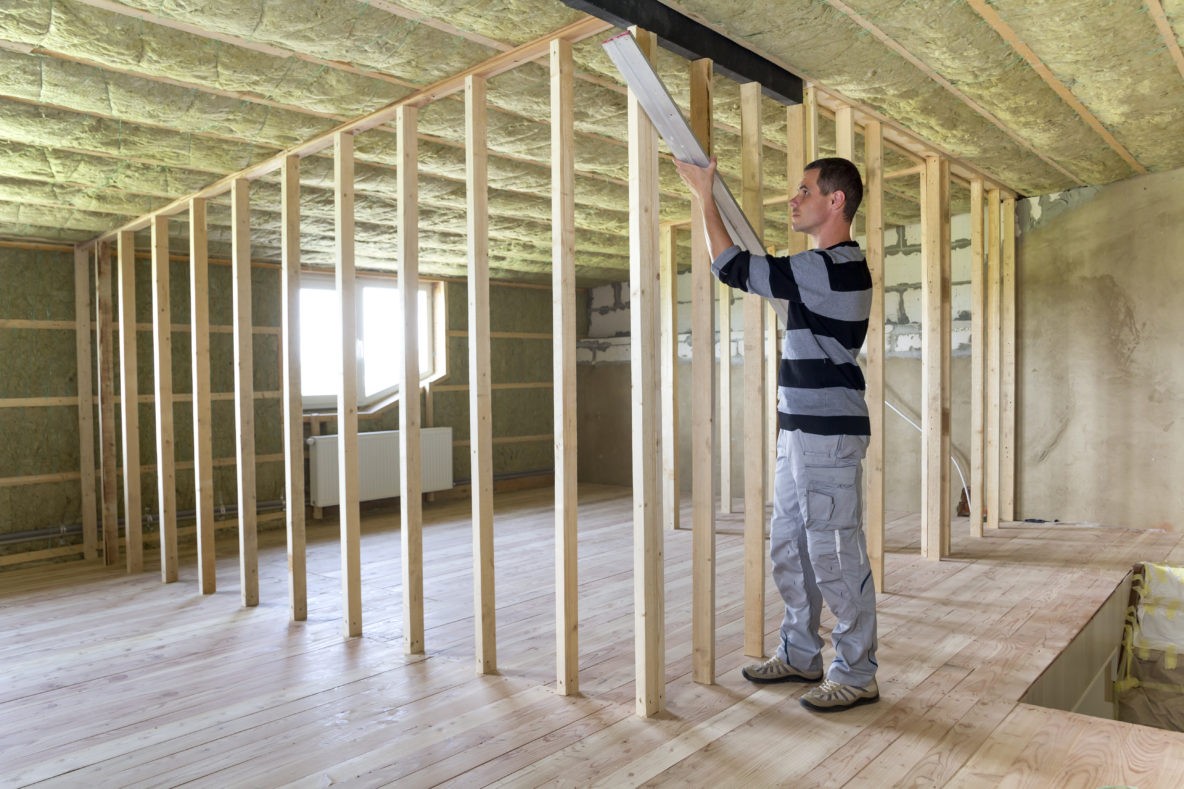Full article with thanks to https://www.seattletimes.com/explore/at-home/feeling-closed-in-the-answer-may-be-an-open-floor-plan/
Q: There never seems to be enough counter space or lighting in my closed-off kitchen. Family meals have become a colossal test. We struggle to fit everyone while keeping sharp utensils out of harm’s way and avoiding spilling hot dishes. I’m considering opening up the space but don’t know where to begin. What should I keep in mind if I want to create an open floor plan in my home?
A: We’re all spending more time at home these days. Along with that, many homeowners are realizing some of these same kitchen layout deficiencies. Preparing a meal is more than a chore — and often hazardous.
An open layout can be a great way to improve lighting and integrate other rooms with the most important space in the home — your kitchen. It’s no surprise that opening up a floor plan has been a common remodeling inquiry for the last few years.
This type of remodel is, in most cases, a great idea, but it’s not always as easy as they make it seem on TV. The price of removing a wall, even a non-load-bearing one, will increase the overall cost of your remodel, so make sure you have a compelling reason for it. To determine if a wall removal is the right fit for you and your home, it’s helpful to jot down a list of benefits that this change will bring. Here are some examples:
- Increase space to add an island
- Increase space to add more appliances or storage
- Improve traffic flow in the space
- Improve workspace for meal prep or clean up
- Integrate adjacent space, such as a living or dining room
- Bring more light into the space.
Once you’ve identified the benefits, start thinking about how the removal of a wall will impact your remodel’s scope and budget.
With the help of your general contractor, determine if the wall in question is load-bearing. Doing so will help define necessary pre-construction steps, such as plan development, engineering and permits, and sharpen the focus of the work to be done. If the load-bearing wall is located on a second floor, there will likely be some renovation required on the floor below to properly transfer new load points to a footing at ground level.
Next, determine what is currently inside that wall. Electrical? Plumbing? HVAC? The more involved the utility rework, the greater the impact to the project’s cost and timeline. The work will likely affect the flooring, drywall and paint on both sides of the removed wall. This impact can drive the scope of work into other rooms if there isn’t a natural break.
As you can see, there’s a lot to consider when removing a wall. You could be looking at as much as a 60% increase to the overall remodel cost with a load-bearing wall removal. This can potentially jump the price beyond one’s budget or a reasonable return on investment value. Fortunately, there are cost-effective solutions to open up your space without going into a full-scale wall removal. Alternatives could include:
- Integrating intermediate support posts under existing beams to open short sections of walls, still bringing two rooms together.
- Adding alternative light sources, such as enlarging a window, adding a solar tube skylight or installing better light fixtures.
- Looking for ways to improve your cabinet layout within the existing floor plan. Modern cabinets offer better storage solutions, which in turn free up valuable counter space.
Whether the walls come out or not, 3D renderings can show what is possible within your kitchen. Visualizing all your options and understanding cost implications is key when deciding to eliminate a wall.
Full article with thanks to https://www.seattletimes.com/explore/at-home/feeling-closed-in-the-answer-may-be-an-open-floor-plan/

